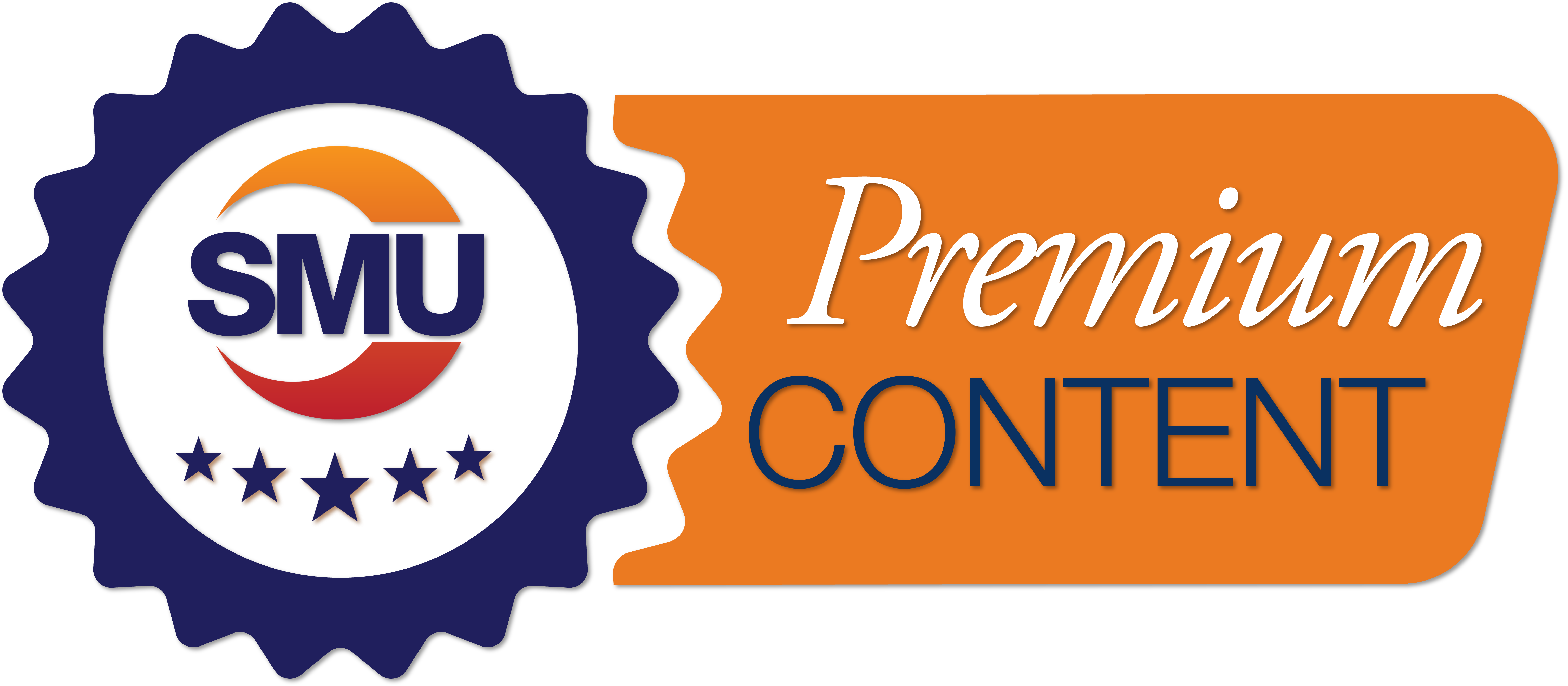Market Data

May 2, 2014
Steel Buyers Basics: Cost to Put Zinc on Galvanized Steel Sheet
Written by Mario Briccetti
The following article is a continuation of our Steel Buyers Basics series written by Mario Briccetti. Mario is Principal of Briccetti & Associates, a Supply Chain consulting firm, and can be reached at Mario@mbriccetti.com
In my series of articles, I have stressed that buyers should have the best information possible in order to effectively negotiate pricing – Information is Power. This article describes how a buyer can calculate the cost of just the Zinc metal on galvanized steel sheet. Of course there is also the cost of processing but changes in the extras for different gauges and coating weights are driven by the changes in the ingot price of Zinc.
Zinc is a commodity metal (just like silver or aluminum). Worldwide, buyers and sellers set Zinc’s price in an open auction on the London Metals Exchange (LME). The ingot price for Zinc is published each day on the LME’s website and is expressed in $/metric ton. The price Steel Mills pay for their Zinc ingot is set by the LME’s price and, the price of Zinc can be highly volatile. (Note, most Mills try to smooth out Zinc price volatility by hedging it on the futures market.)
![]() Of course the cost of galvanizing steel is dependent on more than the price of Zinc. However, changes to the price of galvanizing extras are strongly correlated to changes in the price of Zinc on the LME.
Of course the cost of galvanizing steel is dependent on more than the price of Zinc. However, changes to the price of galvanizing extras are strongly correlated to changes in the price of Zinc on the LME.
Recently the cash price for Zinc on the LME was $2,036/metric ton or $0.924/lb. The full price of Zinc delivered to a coating line is the LME price cost plus what is called the North American premium – an adder that is related to the warehousing of Zinc. This premium is about $0.10/lb. While this premium varies, these changes are small compared to the changes in the LME Zinc price.
In this article I will present a formula for calculating the actual ingot cost of the Zinc on galvanized steel using the price of Zinc) along with the following factors:
Increasing coating weights increases the price of coating.
Decreasing gauge increases the price of coating (width is not a factor).
First, calculate the price of Zinc per square foot of steel coil. Below is that calculation which starts by dividing the LME $/metric ton of Zinc by the number of pounds in a metric ton. Add to this the North American Zinc premium at $0.10/lb and then divide by 16 to get $ per ounce. Then multiply all this by the coating weight (G90 is 0.90 ounces/sq ft). Finally to guarantee the coating weight minimum, Mills will overcoat the Zinc between 3% and 7% — I’ll use a factor of 1.05 or 5% overcoat in the calculation.
Zinc $/ft2 = {((LME Zinc price / 2,204.6) + 0.10) / 16} * coating weight * 1.05
Next, find the overall weight of the steel sheet in pounds per square foot by using the density and gauge of the steel. Don’t forget that steel is generally about 3.5% heavier on average than its specified minimum gauge thickness.
Steel lbs/ft2 = 12 * 12 * gauge * 0.2833 * 1.035
Finally, the cost of only the Zinc per cwt is the $ per square foot of Zinc divided by steel lbs per square foot (times 100 to convert into cwt).
Zinc $/cwt = (Zinc $/ft2 / Steel lbs/ft2) * 100
Combining these three steps into one formula:
Zinc $/cwt = (LME Zinc Price / 2,204.6) +0.10) * Coating weight / (6.44 * gauge)
Here are a couple of results:
What is the Zinc only cost of 0.032” thick G90 galvanized steel at the current LME Zinc price of $2,036/metric ton?
Zinc $/cwt = ((2,036/2,204.6 + 0.10) * 0.90) / (6.44 *0.032) = $4.47/cwt
Note the published US Steel adder for this size is $5.30/cwt
How about 0.015” G60 material?
Zinc $/cwt = ((2,036/2,204.6 + 0.10) * 0.60) / (6.44 *0.015) = $6.36/cwt
The published US Steel adder for this size is $6.90/cwt.
Over the past two years the price of Zinc has varied about +/- $200/metric ton from its present value. Running the above formula means that the actual cost to the mill varied on the 0.032” G90 by +/- $0.40/cwt. That amount isn’t much and it’s why adders haven’t changed in the last two years. However going back to 2008 the price of Zinc ranged from a high point of $2,800/metric ton all the way down to $1,050/metric ton and that’s a total range of $3.46/cwt for this size of material.
For Galvalume the calculation is more complex both because there are two metals involved (Aluminum and Zinc) and because Aluminum (unlike Zinc) has a much different density than steel. I’ll leave that calculation for a future article.
About Briccetti & Associates:
Management is increasingly challenging their supply chain operations for cost reduction along with improved customer service levels because supply chains are at the heart of company’s competitive advantage. Briccetti & Associates’ role is to bring change and innovation to organizations looking to improve their supply chain performance.
Improvement in supply chain performance is challenging. Experienced buyers often avoid change even when it might bring large savings because their primary customers (in operations) are measured on production efficiency and do not like change. Executive management may provide incentives to promote supply chain improvement, but the day-to-day operational stress on buyers and the power of their current relationships are typically more potent than any of these incentives.
To be fair there is good reason to have experienced buyers with deep relationships and trustworthy suppliers. An experienced buyer knows what to avoid, knows how to find accurate information and knows whom to call when there is a problem.
However, suppliers know these tendencies and take advantage of it so it is prudent for a business to periodically engage an outside consultant in their purchasing activity. The right consultant will have the experience and insight to understand a company’s products and operations and have relationships with the best global suppliers. The business results in simply hiring a knowledgeable outsider to work with the supply chain organization are immediate and often profound.
In the steel and HVAC business, Mario Briccetti is one of those few experienced consultants with deep industry knowledge and insight. Briccetti & Associates brings value to small and mid-size firms looking to improve profitability and growth through supply chain innovation.
Contact us at: Mario@MBriccetti.com






